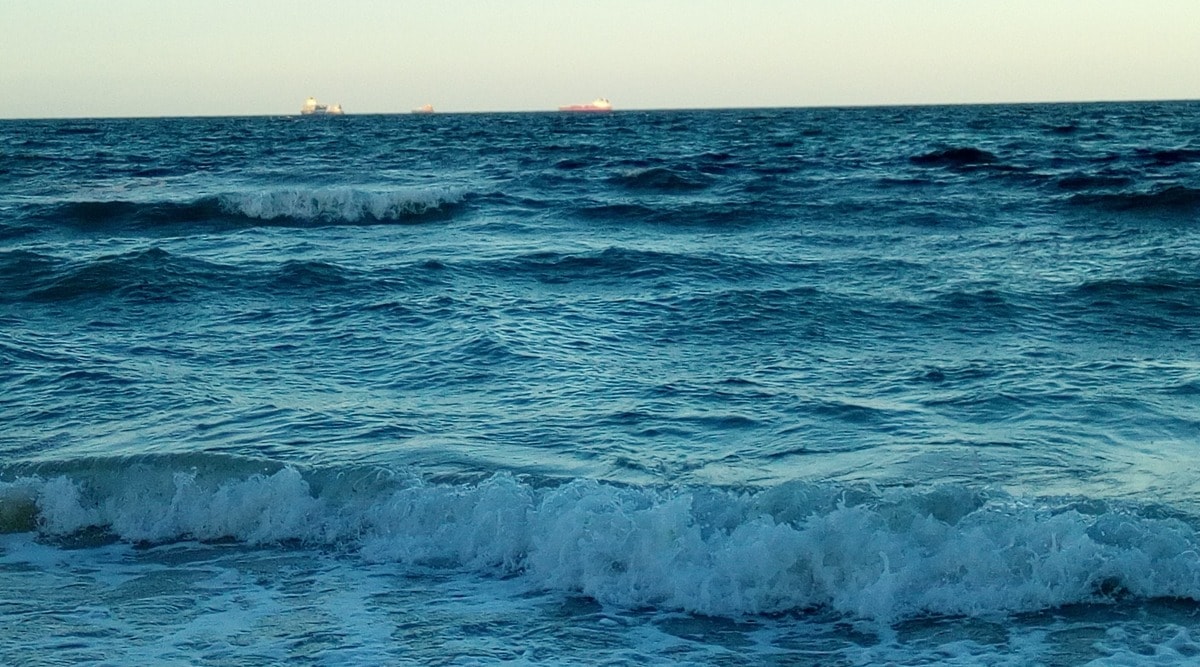 The Indian Ocean. Marine heatwaves can range between one day to a few days or last up to even a month. (Source: Wikimedia Commons)
The Indian Ocean. Marine heatwaves can range between one day to a few days or last up to even a month. (Source: Wikimedia Commons) A new study led by climate scientists from Pune has traced an increasing trend in the marine heat wave events in the Indian Ocean Region, which they say could affect marine life along with the future monsoons and cyclones.
In the recent decades, a warming Arabian Sea has been churning out cyclones of ‘severe’ categories. Warming oceans are also a threat to marine life, including coral reefs that face the threat of getting bleached. Livelihoods based on fishing and fisheries industries also remain under persistent threat due to the warming oceans.
The sea surface temperature during a marine heatwave event rises to its maximum (above 90th percentile) and can remain one to 2 degrees above the climatological normal, the experts said.
Unlike heat waves affecting the land that can be predicted well in advance, marine heatwaves do not have specific periodicity of occurrence. Besides, they can range between one day to a few days or last up to even a month.
In recent times, a month-long marine heatwave was reported along the Gulf of Mannar off Tamil Nadu.
“With gaps prevailing in the network of ocean observations obtained from the Indian Ocean Region, sea surface temperatures observations are limited making it difficult to predict the events. More observations are needed so that it can be an input in the climate models,” said Roxy Mathew Koll of the Indian Institute of Tropical Meteorology (IITM) who led the study.
Along with IITM, researchers from Cochin University of Science and Technology and Kerala Agriculture University were a part of the research and observed a rising trend of 1.5 marine heatwave events per decade along the western Indian Ocean, whereas it was rising by 0.5 events per decade in the north Bay of Bengal during 1982 to 2018. The research, published Tuesday in the journal JGR Oceans, found a total of 94 events in the Bay of Bengal and 66 events in the western Indian Ocean during this period.
Marine heatwaves in the western Indian Ocean could also mean that weak monsoon winds reach the central Indian subcontinent — the core monsoon zone and the rain-fed agriculture belt.
Furthermore, El Nino — the phenomenon of abnormal warming along the central and equatorial Pacific Ocean — too was a contributor to the increasing frequency and intensity of marine heat waves along the Indian Ocean Region, said Koll.
The western Indian Ocean reported maximum events during the October to December period whereas over north Bay of Bengal, it was during May and October, the researchers said.
- The Indian Express website has been rated GREEN for its credibility and trustworthiness by Newsguard, a global service that rates news sources for their journalistic standards.

